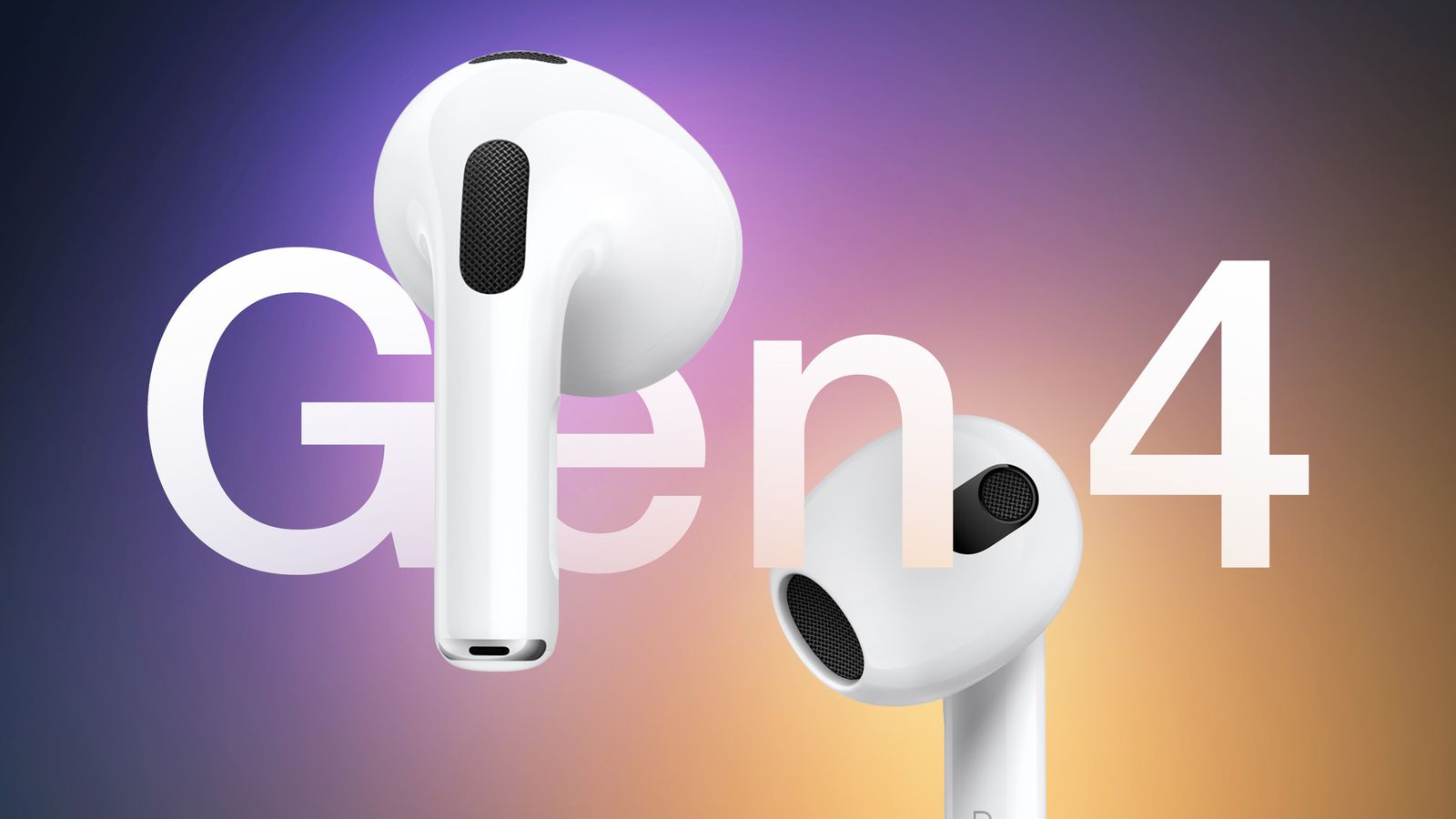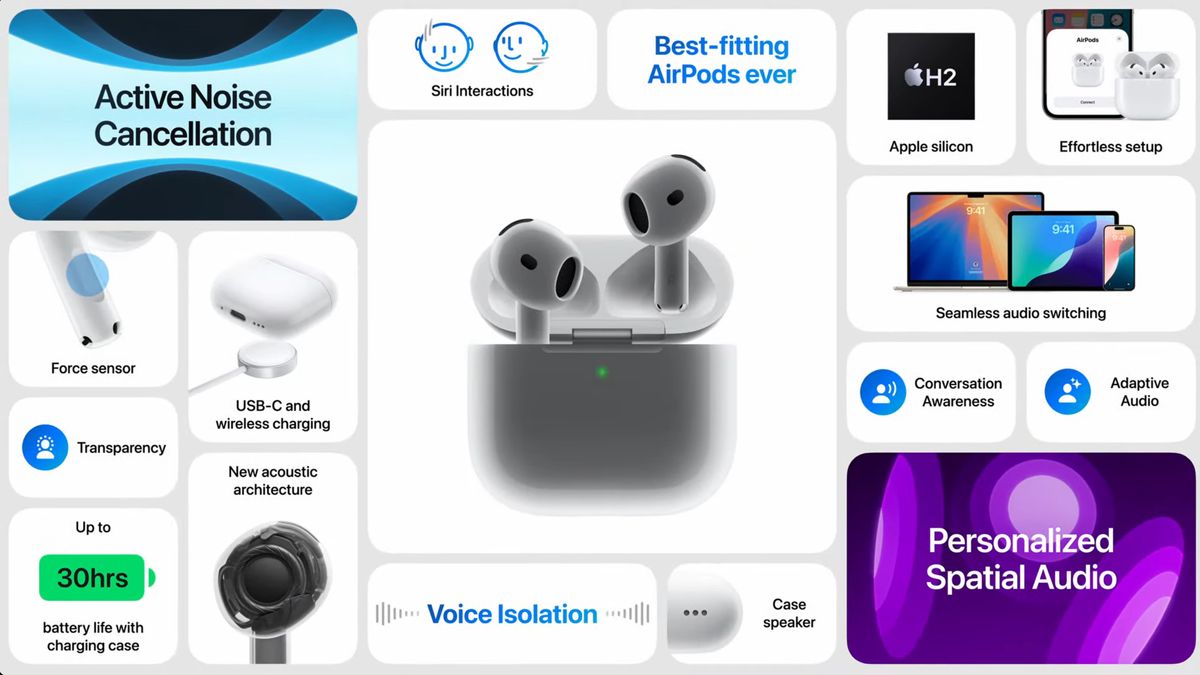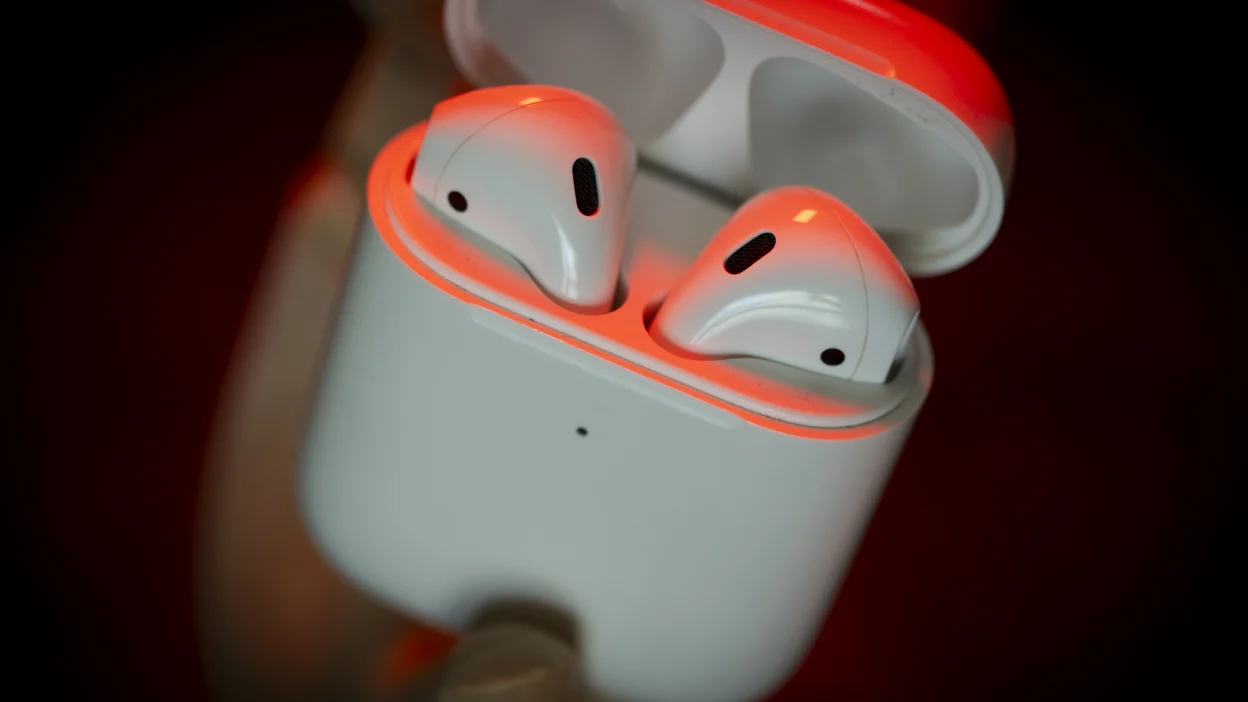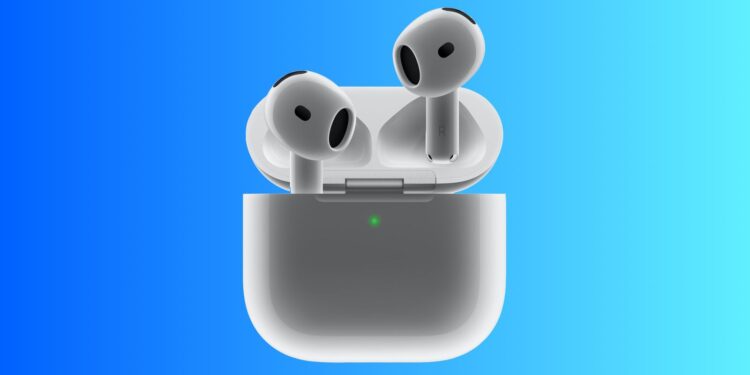Apple’s latest launch has captured the attention of both tech enthusiasts and casual listeners alike. The unveiling of the AirPods 4 alongside the highly anticipated iPhone 16 series marks a significant step forward in personal audio technology. Notably, this is the first time Apple has integrated Active Noise Cancellation (ANC) into an open-ear design, making premium features more accessible at a sub-$200 price point.

A Closer Look at the AirPods 4 Design and Features
Apple has always been at the forefront of innovation, and the AirPods 4 are no exception. The design has been carefully refined, leveraging millions of ear scans to achieve a fit that promises comfort across a broader range of ear shapes. Despite these adjustments, the design remains largely familiar, yet with improvements that may finally resolve the common issue of earbuds not staying securely in place.
The introduction of ANC in the AirPods 4 is a game changer for those accustomed to Apple’s previous models without this feature. Traditionally found in more expensive ear-sealed models, ANC works to reduce ambient noise, allowing users to immerse in their audio experience fully. Although the AirPods 4 do not include silicone tips, the ANC performance is reportedly effective, particularly against low-frequency disturbances like the hum of an air conditioner or the drone of an aeroplane.
Both versions of the AirPods 4 are equipped with Apple’s latest H2 chip, a significant upgrade from the H1 chip found in the AirPods 3. This brings them on par with the AirPods Pro 2 in terms of sound quality and supports advanced features like spatial audio and Voice Isolation. The top-tier model, priced at $179, supports Qi-based wireless charging, although it sacrifices the MagSafe feature, whereas the more affordable $129 model does not offer wireless charging capabilities.

Performance and Battery Life: What to Expect
Despite its compact size, the new AirPods case has been designed to maximize efficiency. The battery life offers up to five hours of listening on a single charge, which is slightly less than the AirPods 3 but still provides 30 hours of total listening time with the charging case. The more expensive model also incorporates a speaker within the case that supports Apple’s Find My network, making it easier to locate misplaced AirPods.

Pricing and Market Position
With the $179 model, Apple positions the AirPods 4 as a robust offering packed with features that are hard to find in other devices at this price point. The $129 model, without ANC, remains competitive, appealing to those who may not need high-end features but still desire the seamless integration with Apple devices — a hallmark of the AirPods line.

The AirPods 4 seem to offer a compelling upgrade for users of older models or those looking to enter the Apple ecosystem with a feature-rich yet affordable product. With enhancements in design, sound quality, and the introduction of ANC, the latest iteration of AirPods demonstrates Apple’s commitment to improving user experience in the highly competitive personal audio market. For Apple aficionados and first-time buyers alike, the AirPods 4 may just redefine what we expect from our listening devices, blending state-of-the-art technology with accessibility to bring forth a product that resonates with a wide audience.










